|
Your search criteria found 1301 images Gallery: Universe |
| My List |
Addition Date
|
Target | Mission | Instrument | Size |

|
2001-11-03 | Borrelly |
Deep Space 1 (DS1) |
Miniature Integrated Camera Spectrometer |
500x500x1 |
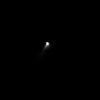
|
|||||

|
2002-07-23 | HD339457 |
Cassini-Huygens |
ISS - Narrow Angle |
505x101x1 |

|
|||||

|
2003-02-11 | Dumbbell Nebula |
Hubble Space Telescope |
WFPC2 |
1262x750x3 |
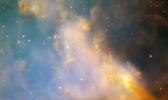
|
|||||

|
2003-03-27 |
Two Micron All Sky Survey (2MASS) |
Two Micron All Sky Survey (2MASS) |
6782x3540x3 | |
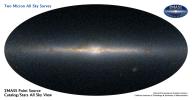
|
|||||

|
2003-03-27 |
Two Micron All Sky Survey (2MASS) |
Two Micron All Sky Survey (2MASS) |
4500x2400x3 | |
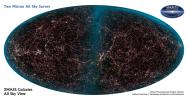
|
|||||

|
2003-03-27 |
Two Micron All Sky Survey (2MASS) |
Two Micron All Sky Survey (2MASS) |
4500x2400x3 | |
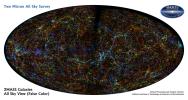
|
|||||

|
2003-05-21 |
Hubble Space Telescope |
WFPC2 |
869x444x3 | |
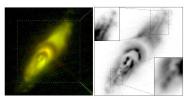
|
|||||

|
2003-05-27 |
Hubble Space Telescope |
WFPC2 |
612x792x3 | |

|
|||||

|
2003-05-28 |
Galaxy Evolution Explorer (GALEX) |
GALEX Telescope |
2112x1533x3 | |
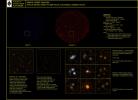
|
|||||

|
2003-05-28 |
Galaxy Evolution Explorer (GALEX) |
GALEX Telescope |
534x528x3 | |
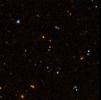
|
|||||

|
2003-05-28 |
Galaxy Evolution Explorer (GALEX) |
GALEX Telescope |
1450x1550x3 | |

|
|||||

|
2003-05-28 |
Galaxy Evolution Explorer (GALEX) |
GALEX Telescope |
1450x1555x3 | |

|
|||||

|
2003-05-28 |
Galaxy Evolution Explorer (GALEX) |
GALEX Telescope |
534x528x3 | |
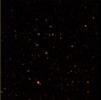
|
|||||

|
2003-07-03 |
Hubble Space Telescope |
WFPC2 |
2603x2783x3 | |

|
|||||

|
2003-07-25 |
Galaxy Evolution Explorer (GALEX) |
GALEX Telescope |
989x1010x3 | |

|
|||||

|
2003-07-25 |
Galaxy Evolution Explorer (GALEX) |
GALEX Telescope |
1600x1496x3 | |
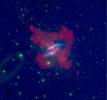
|
|||||

|
2003-07-25 |
Galaxy Evolution Explorer (GALEX) |
GALEX Telescope |
795x735x3 | |
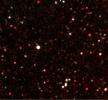
|
|||||

|
2003-07-25 |
Galaxy Evolution Explorer (GALEX) |
GALEX Telescope |
796x733x3 | |
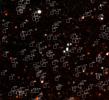
|
|||||

|
2003-07-25 |
Galaxy Evolution Explorer (GALEX) |
GALEX Telescope |
770x644x3 | |
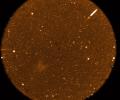
|
|||||

|
2003-07-25 |
Galaxy Evolution Explorer (GALEX) |
GALEX Telescope |
996x1003x3 | |

|
|||||

|
2003-07-25 |
Galaxy Evolution Explorer (GALEX) |
GALEX Telescope |
1771x1401x3 | |
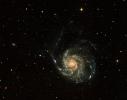
|
|||||

|
2003-07-25 |
Galaxy Evolution Explorer (GALEX) |
GALEX Telescope |
1024x804x1 | |
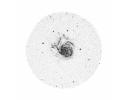
|
|||||

|
2003-07-25 |
Galaxy Evolution Explorer (GALEX) |
GALEX Telescope |
991x1008x3 | |

|
|||||

|
2003-07-25 |
Galaxy Evolution Explorer (GALEX) |
GALEX Telescope |
1000x1000x3 | |
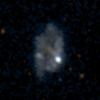
|
|||||

|
2003-07-25 |
Galaxy Evolution Explorer (GALEX) |
GALEX Telescope |
1034x965x3 | |
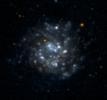
|
|||||

|
2003-07-25 |
Galaxy Evolution Explorer (GALEX) |
GALEX Telescope |
1017x982x3 | |
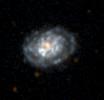
|
|||||

|
2003-07-25 |
Galaxy Evolution Explorer (GALEX) |
GALEX Telescope |
1008x992x3 | |
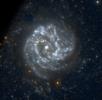
|
|||||

|
2003-09-03 |
Spitzer Space Telescope |
IRAC |
1600x2000x3 | |

|
|||||

|
2003-12-10 |
Galaxy Evolution Explorer (GALEX) |
GALEX Telescope |
6200x6200x3 | |
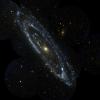
|
|||||

|
2003-12-10 |
Galaxy Evolution Explorer (GALEX) |
GALEX Telescope |
1501x1501x3 | |
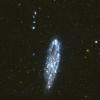
|
|||||

|
2003-12-10 |
Galaxy Evolution Explorer (GALEX) |
GALEX Telescope |
1755x790x3 | |
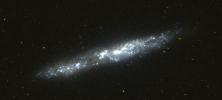
|
|||||

|
2003-12-10 |
Galaxy Evolution Explorer (GALEX) |
GALEX Telescope |
1500x1500x3 | |
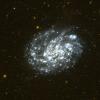
|
|||||

|
2003-12-10 |
Galaxy Evolution Explorer (GALEX) |
GALEX Telescope |
3840x3840x3 | |
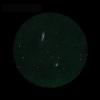
|
|||||

|
2003-12-11 |
Galaxy Evolution Explorer (GALEX) |
GALEX Telescope |
960x960x3 | |
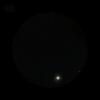
|
|||||

|
2003-12-18 |
Spitzer Space Telescope |
IRAC |
1142x939x3 | |
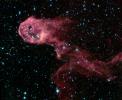
|
|||||

|
2003-12-18 |
Spitzer Space Telescope |
MIPS IRAC |
2332x1616x3 | |
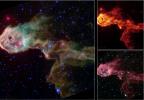
|
|||||

|
2003-12-18 |
Spitzer Space Telescope |
IRAC |
1364x1038x3 | |
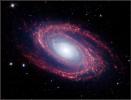
|
|||||

|
2003-12-18 |
Spitzer Space Telescope |
MIPS IRAC |
2286x2334x3 | |

|
|||||

|
2003-12-18 |
Spitzer Space Telescope |
MIPS |
1108x2148x3 | |

|
|||||

|
2003-12-18 |
Spitzer Space Telescope |
IRAC |
1020x643x3 | |
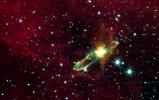
|
|||||

|
2003-12-18 |
Spitzer Space Telescope |
Infrared Spectrograph (IRS) |
2872x2056x3 | |
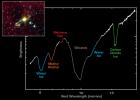
|
|||||

|
2003-12-18 |
Spitzer Space Telescope |
Infrared Spectrograph (IRS) |
2912x2040x3 | |
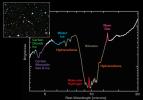
|
|||||

|
2003-12-18 |
Spitzer Space Telescope |
MIPS |
1424x944x3 | |
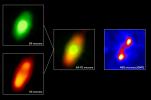
|
|||||

|
2003-12-18 |
Spitzer Space Telescope |
MIPS |
658x430x3 | |
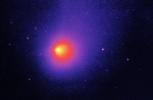
|
|||||

|
2004-01-10 | Sol (our sun) |
Mars Exploration Rover (MER) |
Panoramic Camera |
1600x1200x1 |
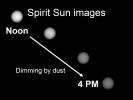
|
|||||

|
2004-01-13 | Tarantula Nebula |
Spitzer Space Telescope |
IRAC |
1384x908x3 |
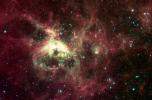
|
|||||

|
2004-02-03 |
Hubble Space Telescope |
WFPC2 |
1065x771x3 | |
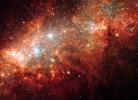
|
|||||

|
2004-02-12 | Cepheus |
Spitzer Space Telescope |
IRAC |
1103x1293x3 |

|
|||||

|
2004-03-08 |
Spitzer Space Telescope |
IRAC Multiband Imaging Photometer (MIPS) |
2262x1899x3 | |
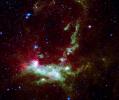
|
|||||

|
2004-03-08 | Sol (our sun) |
Mars Exploration Rover (MER) |
Panoramic Camera |
399x198x3 |
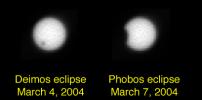
|
|||||

|
2004-03-11 |
Mars Exploration Rover (MER) |
Panoramic Camera |
1024x1024x1 | |
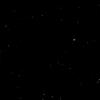
|
|||||

|
2004-03-12 |
Mars Exploration Rover (MER) |
Panoramic Camera |
1024x1024x1 | |
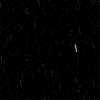
|
|||||

|
2004-03-12 | Sol (our sun) |
Mars Exploration Rover (MER) |
Panoramic Camera |
360x360x5 |
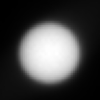
|
|
||||

|
2004-03-12 | Sol (our sun) |
Mars Exploration Rover (MER) |
Panoramic Camera |
360x360x5 |
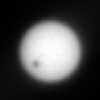
|
|
||||

|
2004-03-12 |
Mars Exploration Rover (MER) |
Navigation Camera Panoramic Camera |
1174x1041x1 | |
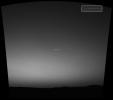
|
|||||

|
2004-03-13 | Sol (our sun) |
Mars Exploration Rover (MER) |
Panoramic Camera |
1080x360x1 |
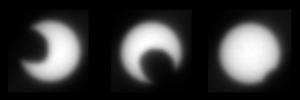
|
|||||

|
2004-03-15 | Sedna |
Samuel Oschin Telescope |
2000x1500x3 | |
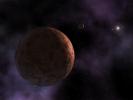
|
|||||

|
2004-03-15 | Sedna |
Samuel Oschin Telescope |
3000x2400x3 | |
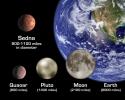
|
|||||

|
2004-03-15 | Sedna |
Samuel Oschin Telescope |
2480x900x3 | |
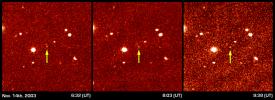
|
|||||

|
2004-03-15 | Sedna |
Samuel Oschin Telescope |
2499x2499x3 | |
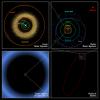
|
|||||

|
2004-03-15 | Sedna |
Samuel Oschin Telescope |
640x480x5 | |
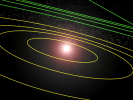
|
|
||||

|
2004-04-13 |
Spitzer Space Telescope |
IRAC |
3652x1936x3 | |
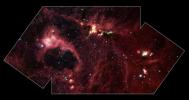
|
|||||

|
2004-04-13 |
Spitzer Space Telescope |
MIPS |
2499x779x3 | |

|
|||||

|
2004-04-13 |
Spitzer Space Telescope |
IRAC |
3652x1936x3 | |
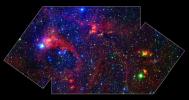
|
|||||

|
2004-04-13 |
Spitzer Space Telescope |
IRAC Multiband Imaging Photometer (MIPS) |
3600x2556x3 | |
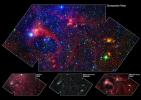
|
|||||

|
2004-04-13 |
Spitzer Space Telescope |
IRAC Multiband Imaging Photometer (MIPS) |
3588x4224x3 | |

|
|||||

|
2004-05-11 |
Spitzer Space Telescope |
IRAC |
1530x776x3 | |

|
|||||

|
2004-05-11 |
Spitzer Space Telescope |
IRAC |
708x570x3 | |
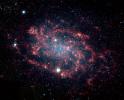
|
|||||

|
2004-05-24 |
Galaxy Evolution Explorer (GALEX) |
GALEX Telescope |
3840x3840x3 | |

|
|||||

|
2004-05-27 | RCW 49 Nebula |
Spitzer Space Telescope |
IRAC |
1520x1520x3 |
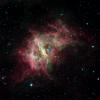
|
|||||

|
2004-05-27 |
Spitzer Space Telescope |
1600x1200x3 | ||
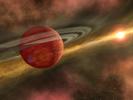
|
|||||

|
2004-06-01 | Centaurus A |
Spitzer Space Telescope |
IRAC |
1627x1227x3 |
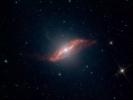
|
|||||

|
2004-06-28 | NGC 7331 |
Spitzer Space Telescope |
IRAC |
1239x805x3 |
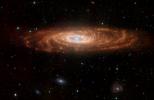
|
|||||

|
2004-08-09 | NGC 246 |
Spitzer Space Telescope |
IRAC |
1018x1018x3 |
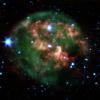
|
|||||

|
2004-09-07 |
Spitzer Space Telescope |
IRAC |
1125x1125x3 | |
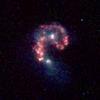
|
|||||

|
2004-09-07 |
Spitzer Space Telescope |
IRAC |
1125x1125x3 | |
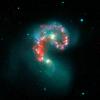
|
|||||

|
2004-09-09 |
Hubble Space Telescope |
Advanced Camera for Surveys |
1417x1417x3 | |
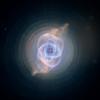
|
|||||

|
2004-10-06 |
Hubble Space Telescope Spitzer Space Telescope |
Chandra X-ray Telescope Hubble Space Telescope Spitzer Space Telescope |
750x750x3 | |
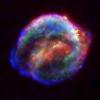
|
|||||

|
2004-10-06 |
Chandra X-ray Observatory |
Chandra X-ray Telescope |
2400x2400x3 | |
![The images indicate that the bubble of gas that makes up the supernova remnant appears different in various types of light. Chandra reveals the hottest gas [colored blue and colored green], which radiates in X-rays.](/thumb/PIA06908.jpg)
|
|||||

|
2004-10-06 |
Hubble Space Telescope |
Advanced Camera for Surveys |
3622x3445x3 | |
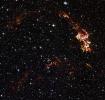
|
|||||

|
2004-10-06 |
Spitzer Space Telescope |
IRAC |
1090x1090x3 | |
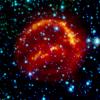
|
|||||

|
2004-10-12 |
Spitzer Space Telescope |
IRAC |
602x602x3 | |
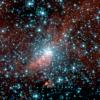
|
|||||

|
2004-10-18 |
Spitzer Space Telescope |
IRAC |
3000x2400x3 | |
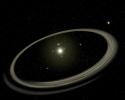
|
|||||

|
2004-12-09 |
Spitzer Space Telescope |
3000x1688x3 | ||
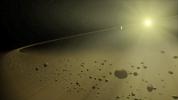
|
|||||

|
2004-12-09 |
Spitzer Space Telescope |
3000x1688x3 | ||
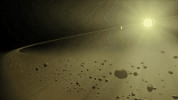
|
|
||||

|
2004-12-09 |
Spitzer Space Telescope |
1386x956x3 | ||
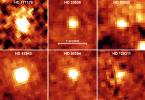
|
|||||

|
2004-12-09 |
Spitzer Space Telescope |
1364x1024x3 | ||
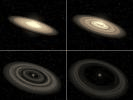
|
|||||

|
2004-12-21 |
Galaxy Evolution Explorer (GALEX) |
GALEX Telescope |
2496x1386x3 | |
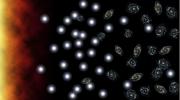
|
|||||

|
2004-12-21 |
Galaxy Evolution Explorer (GALEX) |
GALEX Telescope |
1793x1194x3 | |
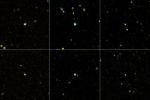
|
|||||

|
2004-12-22 |
Galaxy Evolution Explorer (GALEX) |
GALEX Telescope |
587x473x3 | |
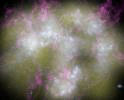
|
|||||

|
2005-01-10 | Vega |
Spitzer Space Telescope |
3000x2400x3 | |
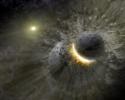
|
|||||

|
2005-01-10 | Vega |
Spitzer Space Telescope |
MIPS |
1419x707x3 |
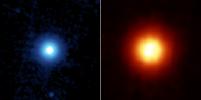
|
|||||

|
2005-01-11 |
Spitzer Space Telescope |
MIPS |
2364x1172x3 | |
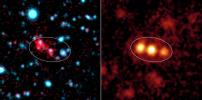
|
|||||

|
2005-01-11 |
Spitzer Space Telescope |
3000x2400x3 | ||
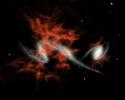
|
|||||

|
2005-01-11 | Encke |
Spitzer Space Telescope |
MIPS |
2154x2154x3 |
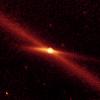
|
|||||

|
2005-01-12 | Trifid Nebula |
Spitzer Space Telescope |
IRAC Multiband Imaging Photometer (MIPS) |
2841x1846x3 |
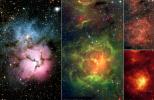
|
|||||

|
2005-01-12 |
Spitzer Space Telescope |
IRAC Multiband Imaging Photometer (MIPS) |
2816x1404x3 | |
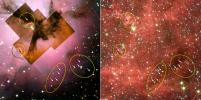
|
|||||

|
2005-02-08 | OTS 44 |
Spitzer Space Telescope |
3000x2400x3 | |
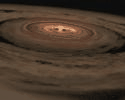
|
|||||

|
2005-02-08 | OTS 44 |
Spitzer Space Telescope |
2580x2010x3 | |
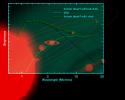
|
|||||

|
2005-02-08 | OTS 44 |
Spitzer Space Telescope |
IRAC |
2580x2010x3 |
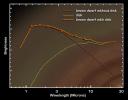
|
|||||

|
 |
 |
 |
 |
 |
 |
 |
 |
 |
 |

|
| 1-100 | 101-200 | 201-300 | 301-400 | 401-500 | 501-600 | 601-700 | 701-800 | 801-900 | 901-1000 |
| Currently displaying images: 41 - 140 of 1301 |